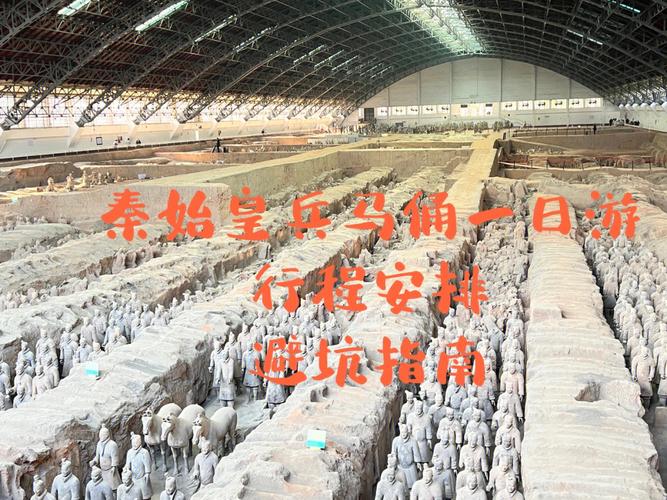
What is the Terracotta Army and Why is It Important?
Originally the ancient funerary project for Emperor Qin Shi Huang, the Terracotta Warriors China are now displayed in a live museum built on the site, officially named Emperor Qinshihuang's Mausoleum Site Museum, showing the life stories of the emperor and the once powerful Qin Empire (221 – 207BC) in those days of ...
The Terracotta Army: An Army for the Afterlife
The Terracotta Army is a collection of thousands of life-sized terracotta sculptures depicting the armies of Qin Shi Huang, the first Emperor of China.
These figures, dating back to the late third century BC, were buried with the emperor in 210–209 BC at his mausoleum near the city of Xi'an in Shaanxi province, China.
The purpose of this incredible underground army was to protect the emperor in the afterlife.
A Glimpse into Ancient China
The Terracotta Army is not only a stunning display of artistry and craftsmanship but also an invaluable historical resource. Here's why:
-
Military Organization and Tactics: The arrangement of the warriors, their weapons, and even their hairstyles provide insights into the military organization and tactics of the Qin dynasty. We can learn about their ranking system, the types of weapons they used, and how they might have fought in battle.
-
Ancient Craftsmanship: The sheer scale of the Terracotta Army project is astounding. Each figure was meticulously crafted with incredible detail, demonstrating the advanced skills of Qin artisans. The use of terracotta, a type of fired clay, and the techniques used to create such lifelike sculptures are a testament to their craftsmanship.
-
Social Structure and Hierarchy: The different ranks of soldiers, the presence of chariots and horses, and the inclusion of other figures like officials and entertainers offer clues about the social structure and hierarchy of the Qin dynasty. We can glean insights into the roles and responsibilities of different members of society.
-
Cultural Practices and Beliefs: The inclusion of the Terracotta Army in the emperor's tomb provides valuable insights into the cultural practices and beliefs of the time. It highlights the importance placed on the afterlife and the belief that the emperor would need an army to protect him in the next world.
Visiting the Terracotta Army
Today, the Terracotta Army is a UNESCO World Heritage Site and one of the most popular tourist attractions in China. Visitors can marvel at the sheer scale and detail of the figures, wander through the excavation pits, and learn more about the history of the Qin dynasty and the significance of this remarkable discovery.
FAQs
- Q: When was the Terracotta Army discovered?
-
A: The first figures of the Terracotta Army were discovered in 1974 by local farmers who were digging a well.
-
Q: How many Terracotta Warriors are there?
-
A: It is estimated that there are over 8,000 terracotta warriors, along with horses, chariots, and other figures, buried within the three pits of the mausoleum complex.
-
Q: Are all the warriors identical?
- A: No, each warrior was individually crafted with unique facial features, hairstyles, and armor, making each one a unique work of art.
note: This return of all, without the author's permission, may not be reproduced